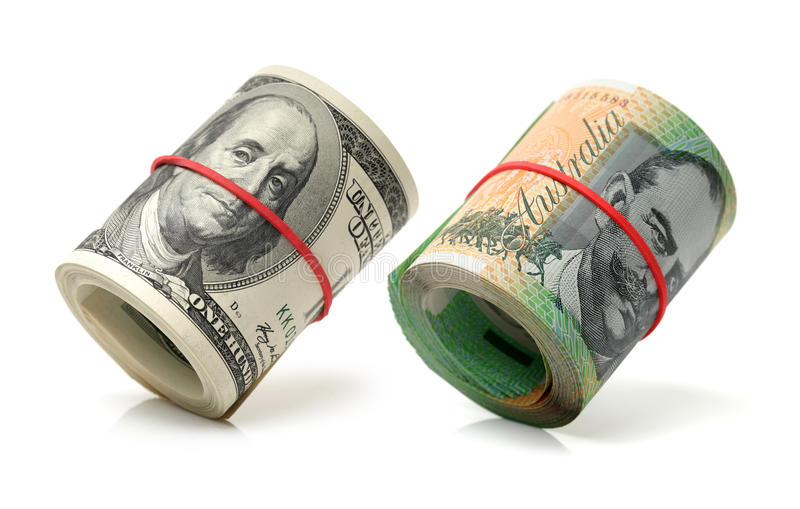Australian dollar has recovered from a 10 month low on positive Australian statistics.
On Friday, the Australian Dollar (AUD) extended its advances for the second day in a row. The AUDUSD pair rebounds from recent losses, aided mostly by a correction in the US Dollar (USD) as a result of a drop in US Treasury rates.
Private Sector Credit in Australia increased by 0.4%, compared to the predicted 0.3% increase.
The Australian Bureau of Statistics (ABS) reported on Thursday that Retail Sales increased on a monthly basis in August, but fell short of the market consensus. The Reserve Bank of Australia (RBA) may decide to leave interest rates steady next week due to weak consumer spending statistics in August.
However, Australia’s monthly Consumer Price Index (CPI) rose from July’s figure, perhaps due to rising energy prices. Inflationary pressures may boost the chance of another interest rate hike.
Following the modest numbers from the United States (US), the US Dollar Index (DXY) stopped a winning run. The Gross Domestic Product (GDP) remained stable, as projected. The number of first claims for unemployment benefits was fewer than expected by the market.
US dollar fell after the presentation of lackluster economic statistics on Thursday.
The US Dollar (USD) rose over week as a result of strong macroeconomic data, reaching its highest level since December. Furthermore, the USD’s strength is related to the performance of US Treasury rates. However, the 10-year US Treasury note yield has fallen from record highs.
Australian Dollar Daily Market Movers:
AUDUSD seeks to extend gains, trading at 0.6430 at the time of writing during early Asian trading hours on Thursday, retracing previous losses owing to a downturn in the US Dollar.
The Aussie Dollar might further encounter issues due to heightened risk aversion sentiment in the market.
Australian retail sales declined 0.2% in August, from 0.5% the previous month. The index was predicted to rise at a 0.3% annual pace.
Australia’s Monthly Consumer Price Index (CPI) climbed 5.2% year on year in August, as predicted, up from 4.9% before.
As predicted, the US GDP stayed stable at 2.1%. Initial Jobless Claims for the week ending September 22 were 204K, lower than the market expectation of 215K, which was 202K before. Pending Home Sales fell 7.1%, above the market’s anticipation of a 0.8% drop, after earlier rising 0.9%.
Austan Goolsbee, President of the Chicago Fed, expressed confidence that the Fed will restore inflation to its objective. Goolsbee also emphasized the unusual chance to do so without a recession, demonstrating the US Federal Reserve’s (Fed) commitment to regulating inflation while preserving economic development.
Fed President Thomas Barkin recognized that recent inflation data has been good, but noted that determining the future direction of monetary policy is premature. Barkin also emphasized that data lost during a government shutdown may hamper economic analysis.
Traders are looking forward to US statistics such as the Core Personal Consumption Expenditure (PCE) Price Index and the Fed’s Beige Book. On Friday, the preferred gauge of consumer inflation will be released. The yearly rate is forecast to fall from 4.2% to 3.9%.









